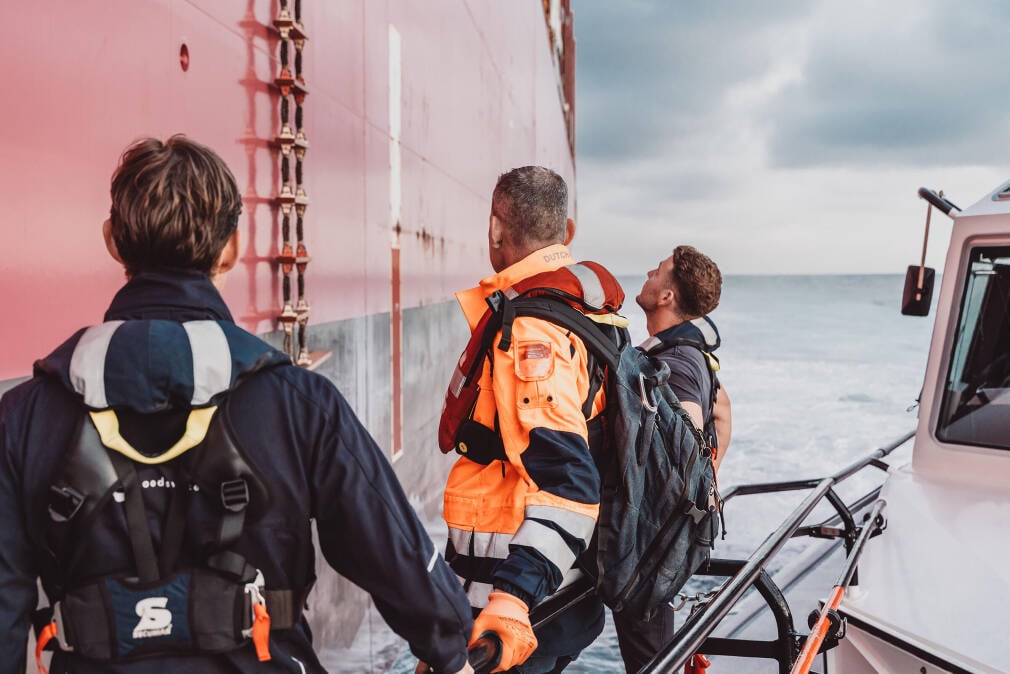
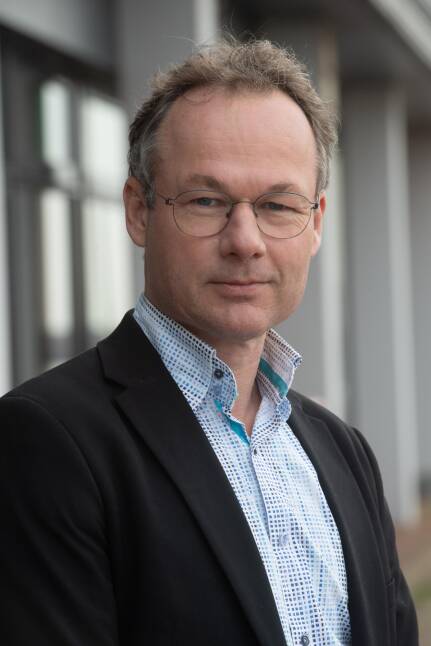
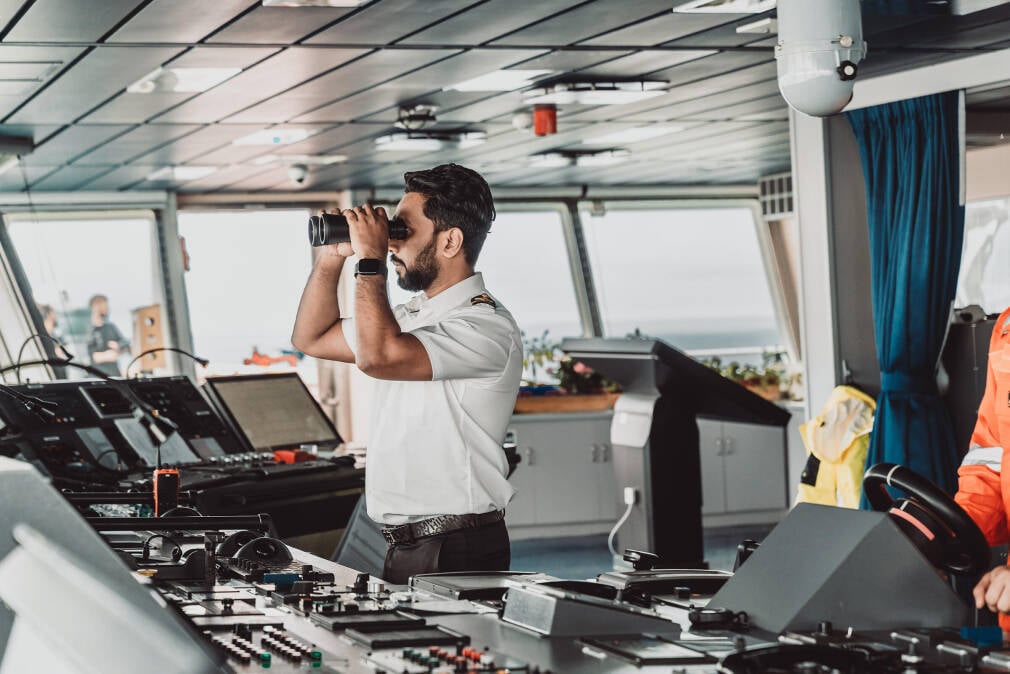
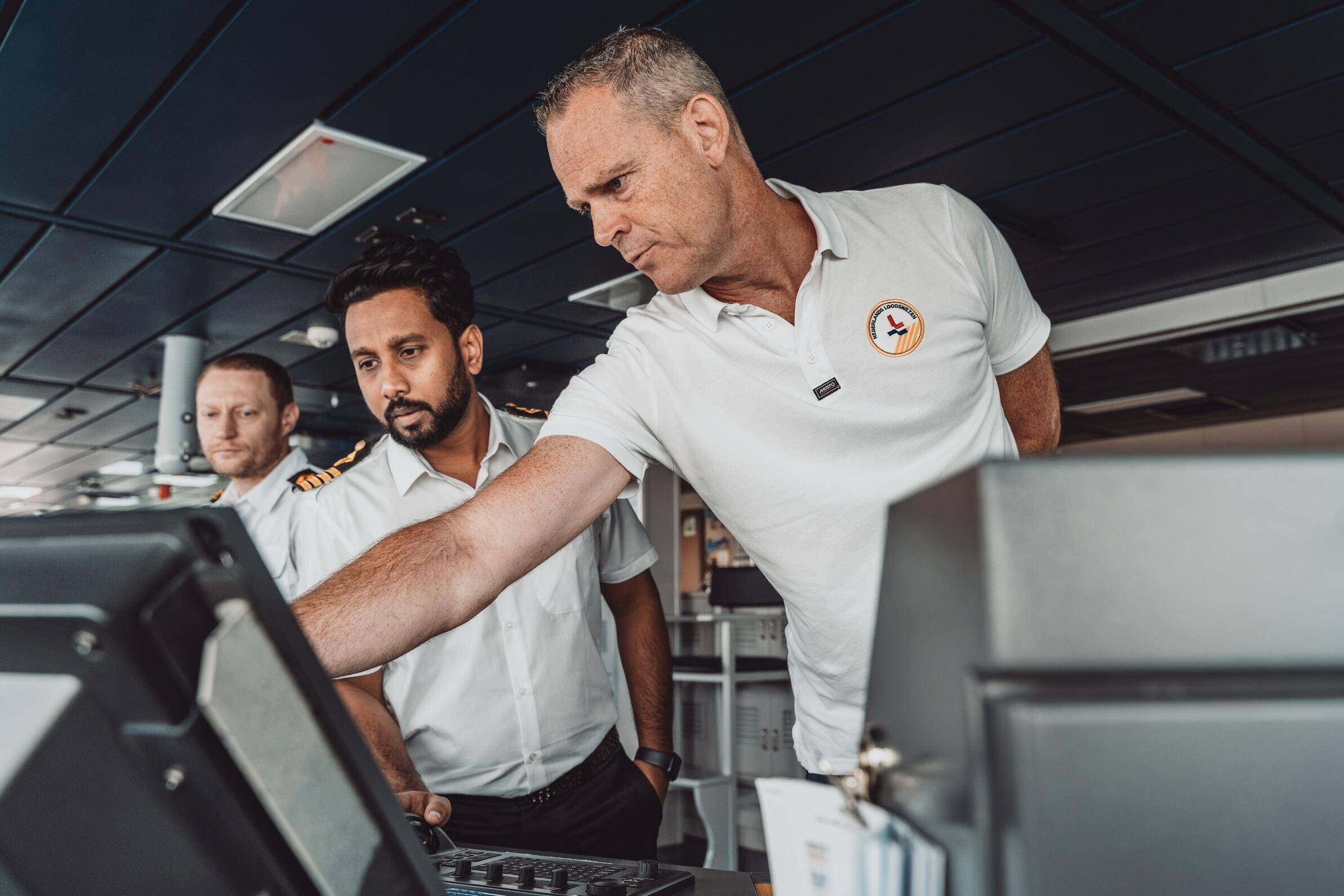
‘When a captain says afterwards: “Glad you were on board, will you come again tomorrow?” that’s the best. Or when you are asked to provide input on port projects. Then you know your professional expertise is truly appreciated.’
Nicest compliment?
Collaboration with other nautical service providers is stronger than ever. ‘We work hand in hand with boatmen, towing services, and the Port of Rotterdam Authority. That’s worth its weight in gold. Especially as we consider the remote operation of vessels and the role of pilotage in it.’
Strong together
Hans is proud of the new pre-master for secondary vocational education (MBO) graduates who want to become pilots. ‘Together with STC, we have set up a learning pathway that enables them to clearly achieve HBO level. This is how we maintain high quality while making the profession more accessible.’
Sustainability also plays a role. ‘Our new tenders run on biofuel and are more efficient. In bad weather, we can make them heavier to provide more comfort. We are also investing in navigation equipment that is resistant to GPS jamming, which is especially important in these times of geopolitical turmoil.’
'Together with STC, we have set up a learning pathway that enables MBO graduates to clearly achieve HBO level.'
Looking to the future
To become a pilot, you need a higher vocational education (HBO) degree and the highest-level boating licence. ‘The training takes 14 months and is tough. You learn theory, develop skills and spend a lot of time on simulators. It's almost like a craft.’
Hans's vocation originated at the maritime academy. ‘I got to help with a simulation involving a 300-metre container ship. That was incredibly cool. Later, as a helmsman, I often spoke to pilots. That's when I knew: this was my dot on the horizon.’
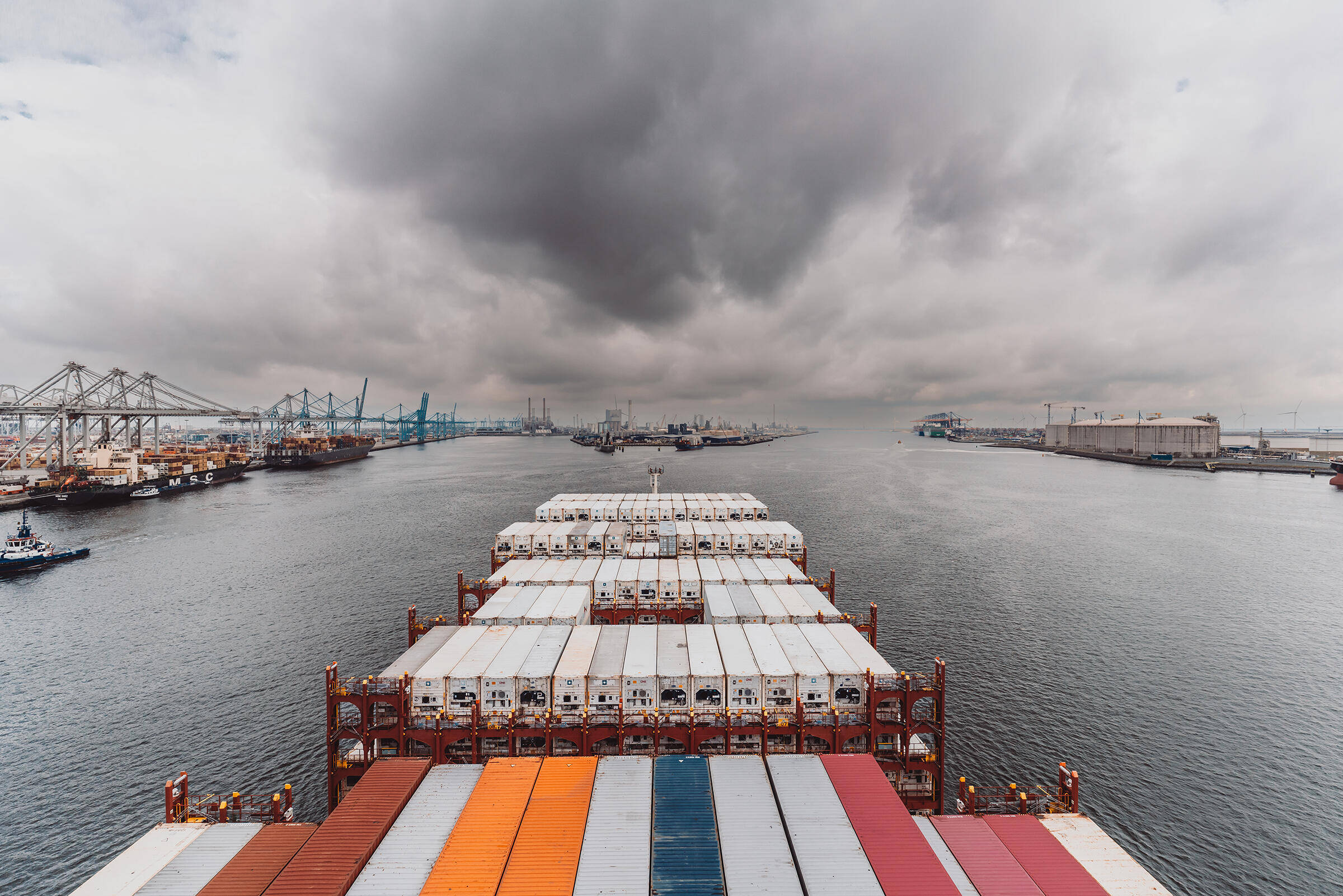
A working day without rhythm
Education and vocation
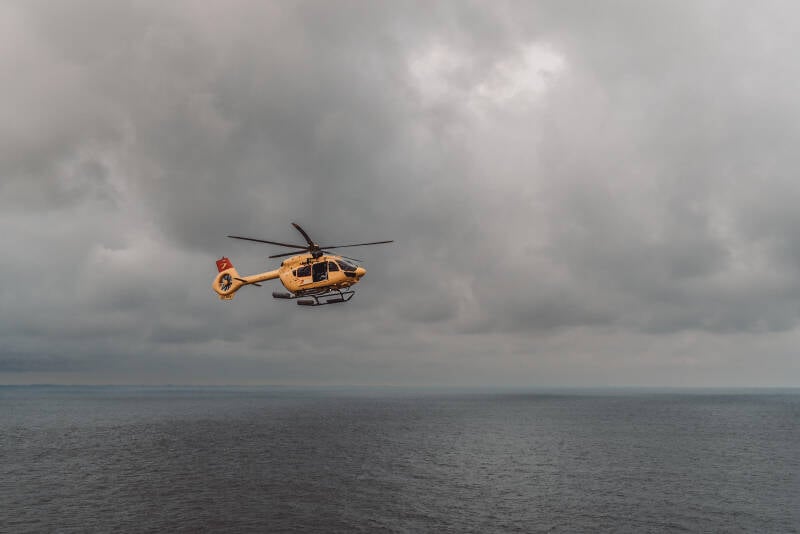
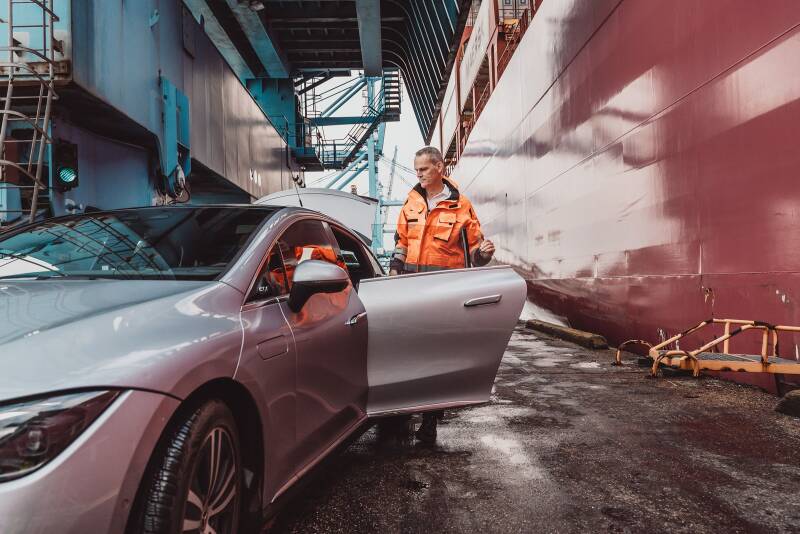
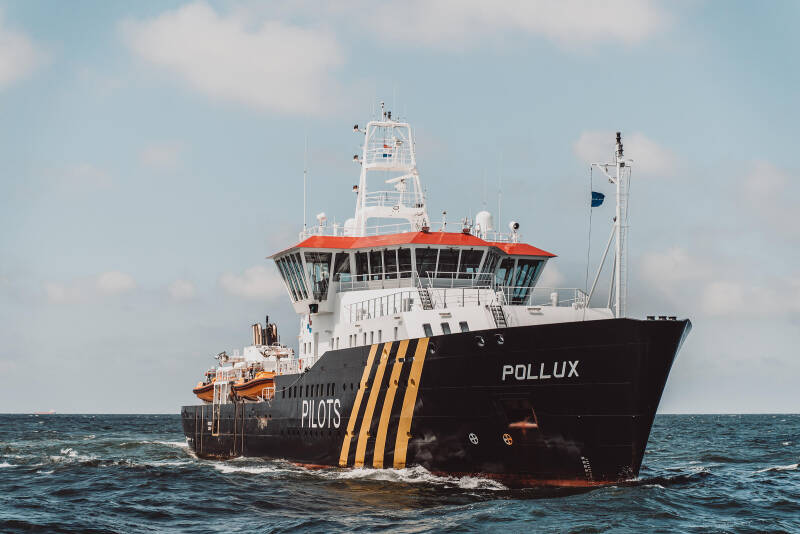
There is no such thing as a routine day on the job. ‘You get a call, and then you have an hour and a half to get on board. Sometimes you sail for six hours, sometimes for one and a half. Then you might be reassigned to an incoming vessel. On average, you work between 8 to 14 hours a day. You get 8 hours to sleep, but there’s often little rhythm in a pilot’s working day. You have to stay constantly alert, especially at night and in bad weather.’
What does a pilot actually do?
A pilot works with tugs, boatmen and shore-based traffic control. ‘You’re the one who greases the wheels of the process. You have to be flexible, as you meet crews from all over the world. The culture on a cruise ship is completely different to that on a Bulgarian tanker, for instance.’
‘We ensure that sea-going vessels can enter and leave the port safely and smoothly 24/7,’ Hans explains. ‘Officially, we advise the captain, but in practice we often take command. You have to know the vessel, the currents, depths, cranes and quays as if you were walking through your own bedroom in the dark.’
Scroll down
Since 2023, Hans has been chair of the Rotterdam Pilots Corporation. ‘It's a dynamic role. On the public side, we ensure that there are enough well-trained pilots. On the business side, we agree on working hours, crew size and investments. With 230 pilots, it can be a challenge to get everyone on the same page, but with sound seaman’s judgement, it works out just fine.’
Hans started his career at sea, sailed with various shipping companies and eventually made the switch to pilotage. ‘I grew up in Rockanje, so the port was always close by. My father worked in the Botlek, and many of my friends’ fathers were tugboat captains or pilots. Their stories appealed to me.’
From helmsman to chairman
The port of Rotterdam is all about precision, collaboration and trust. Registered Pilot Hans van Driel (photo below) knows this better than anyone. He started working as a pilot 20 years ago. Nowadays, his work goes far beyond sailing. ‘You’re basically the conductor of a maritime orchestra,’ he says.
In our Behind the Scenes series, we do precisely that and take a look behind the scenes in the port of Rotterdam. We get an exclusive look at the daily activities and processes of the various organisations in Europe's largest port.
In this edition, we dive into pilotage: a field in which safety, collaboration and nautical expertise come together. Pilots ensure that sea-going vessels can enter and leave the port safely and efficiently, day and night. They work closely with tugs, boatmen and traffic control, and must be alert and flexible under all circumstances.
Wondering how this crucial profession works in practice? Take a look!
Behind the scenes:
Pilotage, navigating safely through the port
BEHIND THE SCENES
'Together with STC, we have set up a learning pathway that enables MBO graduates to clearly achieve HBO level.'
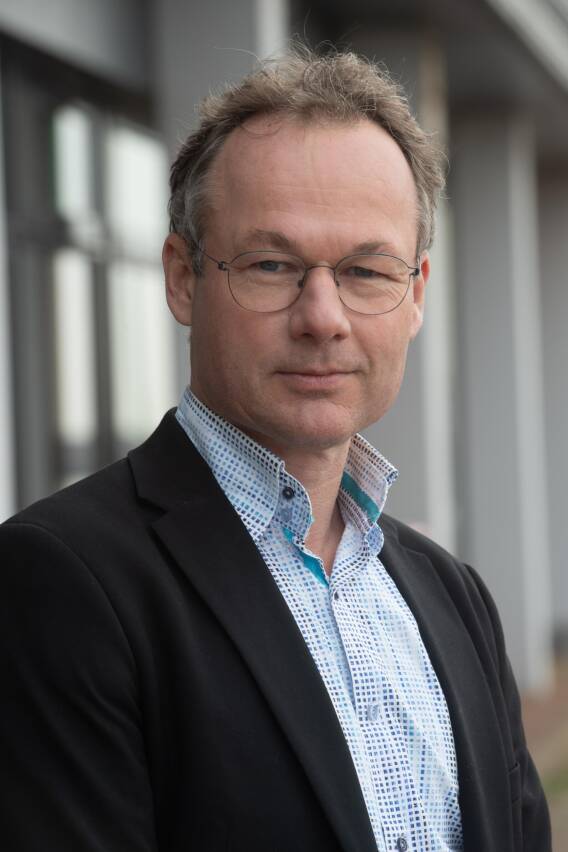
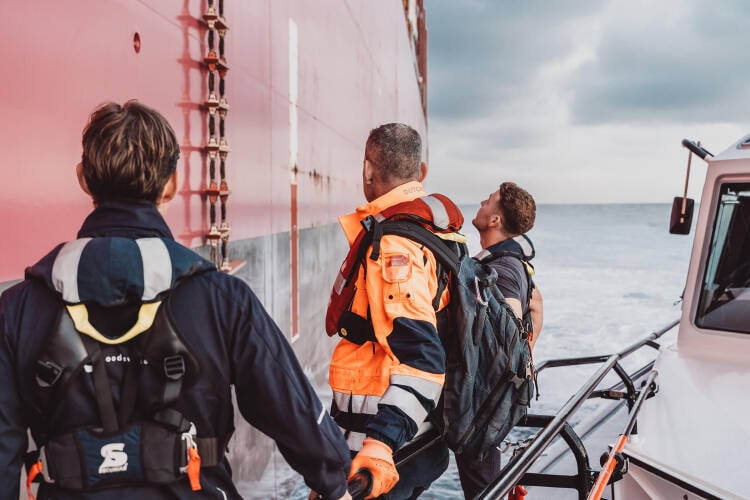

‘When a captain says afterwards: “Glad you were on board, will you come again tomorrow?” that’s the best. Or when you are asked to provide input on port projects. Then you know your professional expertise is truly appreciated.’
Nicest compliment?
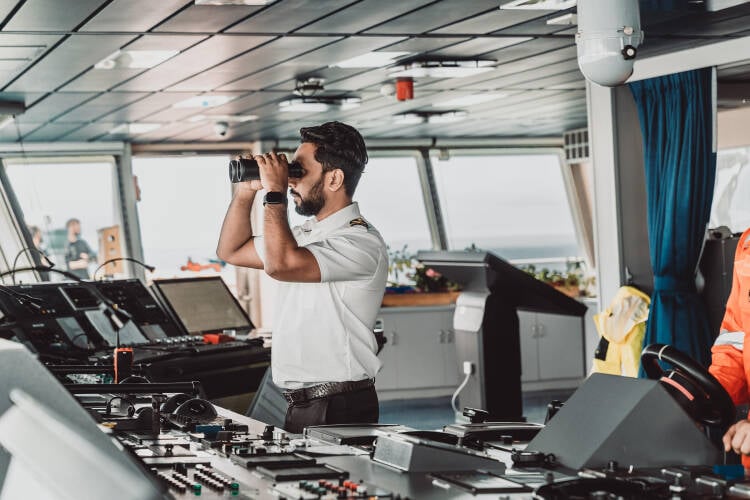
Collaboration with other nautical service providers is stronger than ever. ‘We work hand in hand with boatmen, towing services, and the Port of Rotterdam Authority. That’s worth its weight in gold. Especially as we consider the remote operation of vessels and the role of pilotage in it.’
Strong together
Hans is proud of the new pre-master for secondary vocational education (MBO) graduates who want to become pilots. ‘Together with STC, we have set up a learning pathway that enables them to clearly achieve HBO level. This is how we maintain high quality while making the profession more accessible.’
Sustainability also plays a role. ‘Our new tenders run on biofuel and are more efficient. In bad weather, we can make them heavier to provide more comfort. We are also investing in navigation equipment that is resistant to GPS jamming, which is especially important in these times of geopolitical turmoil.’
Looking to the future
To become a pilot, you need a higher vocational education (HBO) degree and the highest-level boating licence. ‘The training takes 14 months and is tough. You learn theory, develop skills and spend a lot of time on simulators. It's almost like a craft.’
Hans's vocation originated at the maritime academy. ‘I got to help with a simulation involving a 300-metre container ship. That was incredibly cool. Later, as a helmsman, I often spoke to pilots. That's when I knew: this was my dot on the horizon.’
Education and vocation
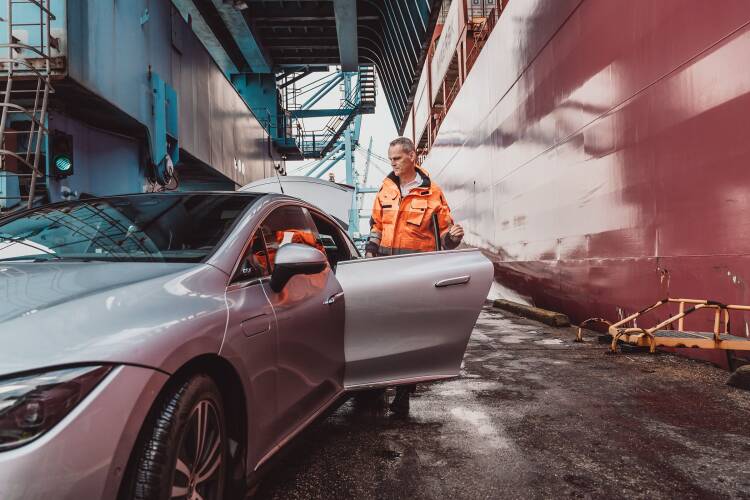
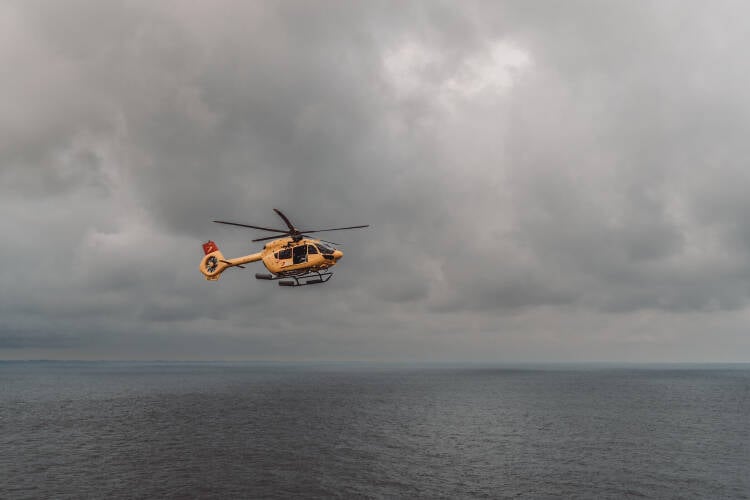
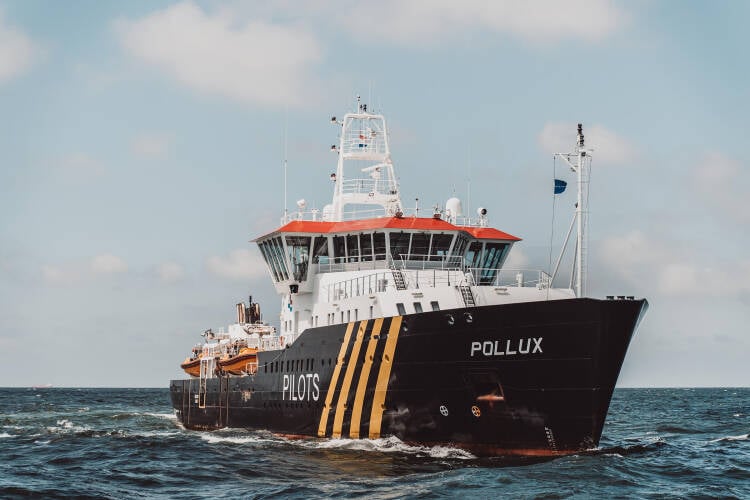
There is no such thing as a routine day on the job. ‘You get a call, and then you have an hour and a half to get on board. Sometimes you sail for six hours, sometimes for one and a half. Then you might be reassigned to an incoming vessel. On average, you work between 8 to 14 hours a day. You get 8 hours to sleep, but there’s often little rhythm in a pilot’s working day. You have to stay constantly alert, especially at night and in bad weather.’
A working day without rhythm
A pilot works with tugs, boatmen and shore-based traffic control. ‘You’re the one who greases the wheels of the process. You have to be flexible, as you meet crews from all over the world. The culture on a cruise ship is completely different to that on a Bulgarian tanker, for instance.’
‘We ensure that sea-going vessels can enter and leave the port safely and smoothly 24/7,’ Hans explains. ‘Officially, we advise the captain, but in practice we often take command. You have to know the vessel, the currents, depths, cranes and quays as if you were walking through your own bedroom in the dark.’
What does a pilot actually do?

Since 2023, Hans has been chair of the Rotterdam Pilots Corporation. ‘It's a dynamic role. On the public side, we ensure that there are enough well-trained pilots. On the business side, we agree on working hours, crew size and investments. With 230 pilots, it can be a challenge to get everyone on the same page, but with sound seaman’s judgement, it works out just fine.’
Hans started his career at sea, sailed with various shipping companies and eventually made the switch to pilotage. ‘I grew up in Rockanje, so the port was always close by. My father worked in the Botlek, and many of my friends’ fathers were tugboat captains or pilots. Their stories appealed to me.’
From helmsman to chairman
The port of Rotterdam is all about precision, collaboration and trust. Registered Pilot Hans van Driel (photo below) knows this better than anyone. He started working as a pilot 20 years ago. Nowadays, his work goes far beyond sailing. ‘You’re basically the conductor of a maritime orchestra,’ he says.
In our Behind the Scenes series, we do precisely that and take a look behind the scenes in the port of Rotterdam. We get an exclusive look at the daily activities and processes of the various organisations in Europe's largest port.
In this edition, we dive into pilotage: a field in which safety, collaboration and nautical expertise come together. Pilots ensure that sea-going vessels can enter and leave the port safely and efficiently, day and night. They work closely with tugs, boatmen and traffic control, and must be alert and flexible under all circumstances.
Wondering how this crucial profession works in practice? Take a look!
BEHIND THE SCENES